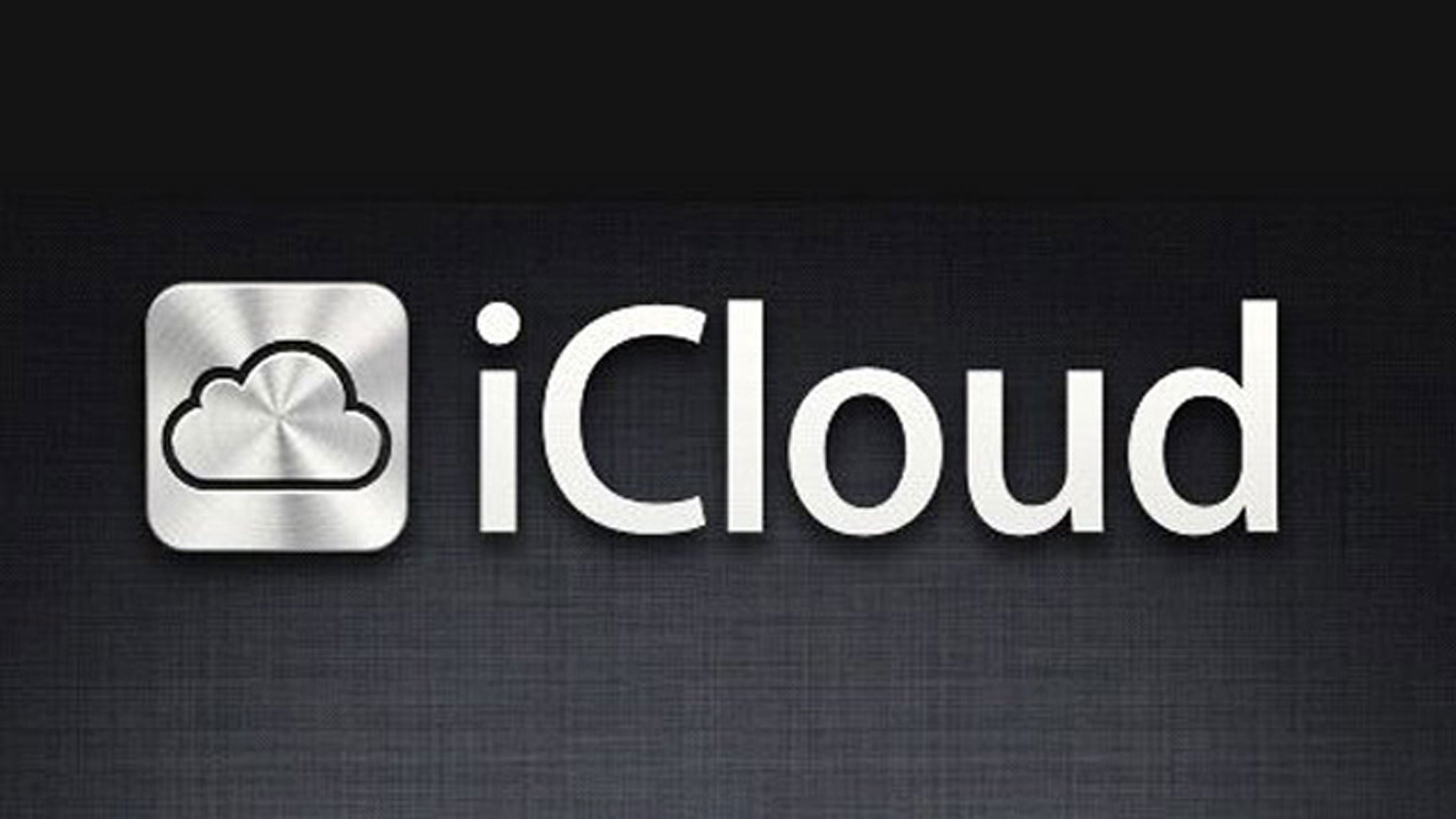The Independent's journalism is supported by our readers. When you purchase through links on our site, we may earn commission.
My Life in the Cloud: Which online storage options are best for me?

Tech giants like Google and Apple are continuously trying to lure us into storing our data on their servers, a service otherwise known as ‘cloud storage’. There are many obvious question marks over this kind of technology. What if they lose all of my stuff? Will my data be safe from hackers? Do I want companies building up such an accurate image of me?
Despite this, the benefits are quite attractive, too: everything is backed up automatically and in a continuously more mobile world, being able to access data from a range of devices is really quite useful. So as long as the data stored isn’t top secret, there’s plenty to be gained from the various services on offer.
Fortunately, cloud storage is only getting cheaper to the point where it is possible to reap much benefit at very little to no cost at all. Here are some of the options available to you:
Files and folders
Dropbox(www.dropbox.com)
Dropbox introduced many to cloud storage, and the outsider continues to compete well with the big guns.
Good if: you need lots of space. There are plenty of opportunities to earn extra storage, from referring friends and using new features to promoting Dropbox on social networking sites.
Bad if: you want to store anything private. Dropbox’s reputation took a hit last August when a security breach led to many of its members receiving unsolicited emails.
iCloud(www.icloud.com)
Apple’s contender in the online storage war takes a typically ‘walled garden’ approach.
Good if: you live in Apple’s universe. iCloud is deeply integrated into both OS X and iOS, so it’s perfect if you use apps like Mail, Calendar and Notes, and you want seamless continuity between multiple Apple devices.
Bad if: you don’t live in Apple’s universe. iCloud has its niche which it does very well, but other than that you’d be better off with a less tailored option.
Google Drive (drive.google.com)
Although a late starter in the market, Google Drive’s 5GB of free storage forced Dropbox to up its game.
Good if: you need a top-notch search function. As well as looking within files, Google Drive uses optical character recognition technology to search through legible text in scanned files.
Bad if: you need more than 5GB. Whilst there’s always the option of storing up to 10GB in Gmail, any extra storage in Google Drive itself comes with a price tag.
Documents and notes
Google Docs (docs.google.com)
One of the early online document editing solutions continues to be a favourite.
Good if: you work with both PCs and Macs. Google Docs runs in a browser, saving you hours of time spent converting files. Multi-user editing in realtime is also useful for group projects.
Bad if: you want to work from the desktop. Docs opening in browser windows can get a bit cluttered and confusing if you’re surfing the web as well.
Evernote(www.evernote.com)
It may appear simplistic at first, but with the release of Evernote 5 the king of note-taking is probably the sleekest option out there.
Good if: you need a well-organised environment to keep your notes safe in, and you want the option of moving between different devices; Evernote has desktop, web, mobile and tablet incarnations.
Bad if: you don’t like Helvetica size 13. For all of its laudable points, the app is irritatingly buggy, one instance being its tendency to revert text back to the app’s default font and size seemingly at random. Evernote struggles particularly with imported rich text, so think again if you might get frustrated with pasting everything into a plaintext editor first.
Music
Spotify (www.spotify.com)
The big dog in music streaming, Spotify’s free plan is great. At first...
Good if: you’re constantly on the hunt for new music. With over 17 million tracks, Spotify is a great tool for developing your tastes.
Bad if: you listen to music for more than ten hours a week. Unless you’re willing to fork out at for a subscription package, once your 6-month grace period finishes, Spotify comes down hard with its limitations.
Google Music (music.google.com)
Google’s attempt to take on the online music market puts your own library in the cloud.
Good if: you have a big library that you want to access from anywhere. Google Music allows you to upload up to 20,000 tracks free of charge which can be streamed from the simplistic web interface as well as from iOS and Android apps.
Bad if: your own music collection isn’t enough. Whilst you can buy tracks through Google Play, you’re largely limited to what you’ve uploaded.
Grooveshark(www.grooveshark.com)
A combination of Spotify and Google Music, Grooveshark’s library includes a pool of everyone’s uploads.
Good if: you want the freedom to listen to what you want, as much as you like.
Bad if: you want music on the move. That’ll mean getting a subscription, and even then iPhone owners will either have to jailbreak or settle for a web app.
Join our commenting forum
Join thought-provoking conversations, follow other Independent readers and see their replies
Comments